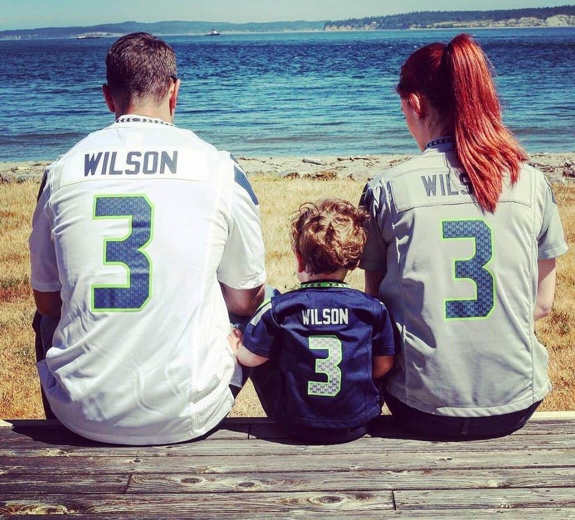Empowering volunteers
Shannon was a little apprehensive on the day of Henry’s blood draw and came “armed and ready” with books and snacks. But she was immediately impressed with how BRI’s Clinical Research Center (CRC) staff made her and Henry comfortable.
The research assistant spoke directly to Henry about what to expect, rather than communicating “through” his mom. The assistant made it clear that both Henry and Shannon would need to agree to the blood draw.
“When we go to Henry’s pediatrician, I’m constantly battling to get them to talk to Henry, not just me – he ends up being a bystander in his own health,” Shannon says. “But the CRC staff was very mindful of Henry being a full little person and not just a kid.”
During the draw, Henry sat on his mom’s lap while two nurses pinpointed where to insert the needle into a vein in his hand. Once the nurses found the spot, Shannon breathed easy while they quickly drew a small sample that was based on Henry’s weight, height and age.
“There was serious math involved in determining how much they could take safely, and they discussed that process with me beforehand,” she says.
Shannon says Henry was skeptical during the new situation and had only a few moments of discomfort. It helped that the research staff made it clear that Shannon and Henry were in charge.
“We never felt pressured,” Shannon said. “We were told a couple of times, ‘If you get to a point where you’re uncomfortable, let us know and we can talk about it and reassess, or just completely stop.’”
The right choice
When the draw ended, the CRC staff immediately gave Henry juice and crackers. He was smiling within 30 seconds of having the needle withdrawn. Then, when Henry got home, he asked about “the doctor” nonstop.
“All week he kept saying ‘Mama, doctor?’,” Shannon remembers, noting that he seemed curious, not fearful. Shannon credits that to the CRC staff, for ensuring his experience was pleasant and empowering. And she would highly recommend that other parents consider following in her and Henry’s footsteps.
“We definitely made the right choice, but it wasn’t a decision we made lightly,” Shannon says. “Ultimately the knowledge of the impact his participation could have, coupled with Henry’s personality, made us want to give it a try. If it seems like a fit for you and your child, go for it!”





